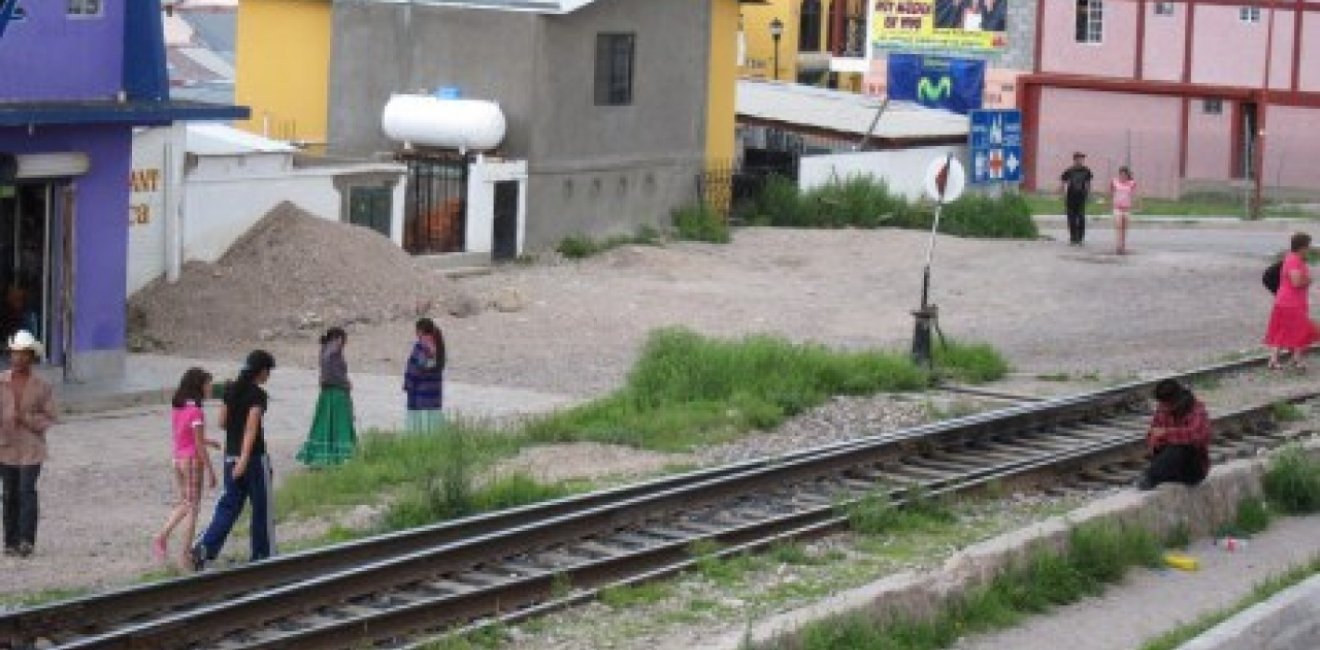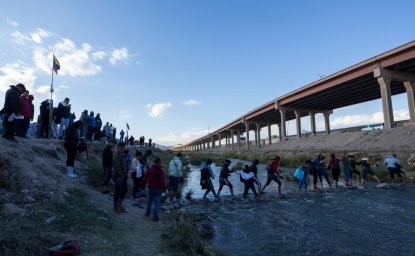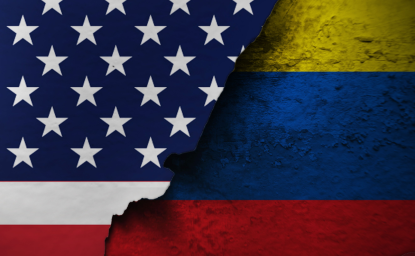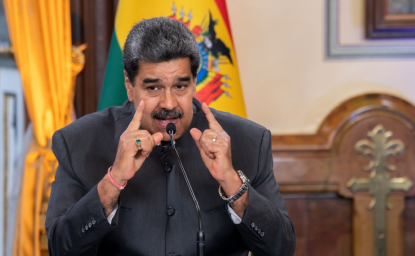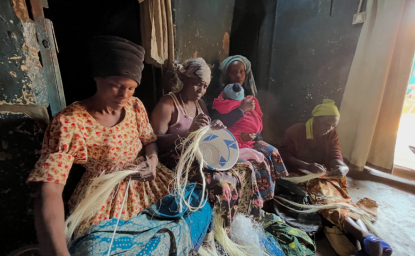President Trump’s demands for neighboring governments to stop the most recent migrant caravan heading to the U.S. from Central America highlight the pressing need for a region-wide strategy to deal with migration flows.
With the current caravan, the government of Mexico is caught between the forceful U.S. requests for action and portions of its own society sympathetic to the migrants. In addition, its freedom of action limited by weak enforcement and refugee mechanisms and legal frameworks favorable to migrants.
The Mexican government’s request for assistance from the United Nations High Commissioner for Refugees underscores its urgent search for ways forward.
The caravan is also a test for Mexico’s incoming president, Andres Manual Lopez Obrador (AMLO), who takes office Dec. 1. He champions migrants’ rights but also seeks a good relationship with the U.S. so that he can focus on domestic priorities.
Rather than using threatening tweets to spur action, however, the United States needs to build a comprehensive approach with Mexico and Central American neighbors to better manage migration in the short and longer term.
Secretary of State Mike Pompeo’s talks with current Mexican leaders and the incoming foreign minister last week provide a basis for such work.
A broader approach should address enforcement issues along the migration routes, which are the top U.S. priority. The United States is well justified in asking the authorities of its southern neighbors to help regularize and control the flows of migrants northward.
However, for a successful overarching strategy, firm requests for action must be accompanied by substantial proposals for programs that can alleviate the root causes of the northward migration and include viable steps to protect and care for vulnerable migrants en route as well as to adjudicate their legitimate refugee claims. This work should be undertaken with urgency but without enmity and distorted facts.
The U.S. needs to plan for substantial and sustained assistance and establish policies that strengthen institutions, reduce violence and encourage economic development and prosperity in Mexico and the Northern Triangle of Central America — Guatemala, Honduras and El Salvador.
It can build on and hone current U.S. development and law enforcement programs. A larger temporary worker program that addresses both U.S. labor market needs and the need for additional income in neighboring southern countries would also be a very mutually beneficial part of the solution.
With AMLO assuming Mexico’s presidency Dec. 1, the time is ripe to forge a stronger long-term partnership with Mexico on these issues, building on the progress made under Mexico’s current president.
In the north, U.S. and Mexican authorities established much closer teamwork on managing border violence, handling migrant returns and facing criminal activities along the border.
For Mexico’s southern border, the U.S. stepped up training, provision of equipment and information sharing to better identify dangerous border crossers. The Mexicans invested more to improve their own capacities and increased enforcement along the southern border.
They returned nearly 500,000 Central Americans in the last five years, who earlier would have likely arrived at the U.S. border. Mexico also worked with the U.S. on helping Guatemala, Honduras and El Salvador address crime and economic problems, co-hosting several major conferences.
U.S.-Mexico cooperation slowed significantly in 2018, however, in response to U.S. border enforcement measures as well as negative public statements about Mexico. The Mexican Senate twice called for suspending public security cooperation with the U.S., and Mexican favorable views of the U.S. dropped precipitously.
Cooperation has continued, however, evidenced by an October 2018 joint conference on Central America.
AMLO is a strong advocate for the human rights of migrants and for using development and job creation programs to alleviate pressure to migrate.
In his July 12 letter to President Trump, AMLO proposed a joint development effort that would address jobs and poverty as well as border control and security. AMLO said he and Trump agreed broadly on this approach in an early October phone call.
AMLO has also pledged to offer Mexican work visas for Central Americans once in office. The U.S. should take up his proposals.
AMLO’s team recognizes the U.S. priority on stopping the unregulated migrant flows and understands the shortcomings in Mexico’s current border processes, infrastructure and organizational capacity and that because of these weaknesses, Mexico has little knowledge about who enters the country from the south and where they go.
They also realize that the current “informal” system is a big moneymaker for organized crime and leaves migrants vulnerable to exploitation and violence.
The team is searching for a policy that will allow cooperation with their northern neighbor as well as fit their own leader’s policy preferences.
The governments of Guatemala, Honduras and El Salvador and international organizations will be needed for sustainable solutions, but forging mutual understanding between the U.S. and Mexico is essential.
Agreement will take hard work given the different perspectives north and south of the border, but it is doable. The alternatives would be very costly for both countries.
Mexico has a tradition of emigration and a massive diaspora in the United States. Mexican society and law thus support migrant rights.
That perspective has begun to change as over 1.3 million more Mexicans have returned to Mexico than emigrated to the U.S. since 2007 and as larger number of Central Americans began to head northward since 2013-2014.
Today’s migrant “crisis” provides the opportunity for Mexicans and Americans to hammer out a modus vivendi for a longer-term approach that can address both countries’ goals, as they were able to do on trade with the new U.S.-Mexico-Canada Agreement. As with trade, both sides will need to make commitments that recognize the other’s priorities.
The elements of agreement include:
- a more regularized approach to managing migrant flows and border enforcement;
- better targeted assistance programs to address the drivers of migration (poverty and violence);
- building institutional capacities to manage migrant flows and to protect them; and
- effective processes to address migrants’ legitimate claims.
A larger U.S. program to allow targeted temporary workers would be a valuable addition. Mexico and Canada have a successful program, and the U.S. already has limited programs for temporary Mexican workers.
Such a program could meet specific U.S. labor shortages and funnel needed monies to regions currently generating unregulated migrants.
Rather than remaining prisoners of unanticipated caravans, let’s agree on solutions.
Author

Former Career Ambassador to Afghanistan, Argentina, and Mexico; Distinguished Diplomat in Residence, School of International Service, American University

Mexico Institute
The Mexico Institute seeks to improve understanding, communication, and cooperation between Mexico and the United States by promoting original research, encouraging public discussion, and proposing policy options for enhancing the bilateral relationship. A binational Advisory Board, chaired by Luis Téllez and Earl Anthony Wayne, oversees the work of the Mexico Institute. Read more

